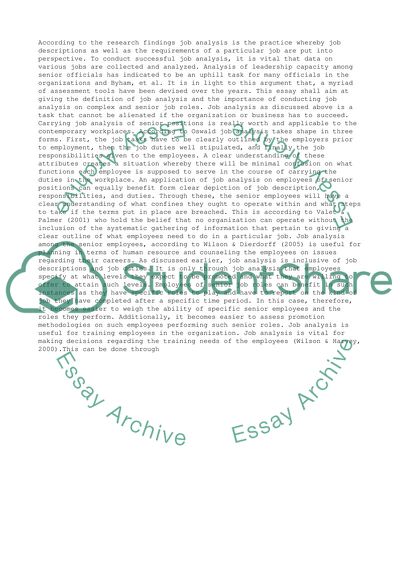Cite this document
(“Job analysis on complex and senior job roles Essay”, n.d.)
Retrieved from https://studentshare.org/management/1396246-job-analysis-on-complex-and-senior-job-roles
Retrieved from https://studentshare.org/management/1396246-job-analysis-on-complex-and-senior-job-roles
(Job Analysis on Complex and Senior Job Roles Essay)
https://studentshare.org/management/1396246-job-analysis-on-complex-and-senior-job-roles.
https://studentshare.org/management/1396246-job-analysis-on-complex-and-senior-job-roles.
“Job Analysis on Complex and Senior Job Roles Essay”, n.d. https://studentshare.org/management/1396246-job-analysis-on-complex-and-senior-job-roles.


